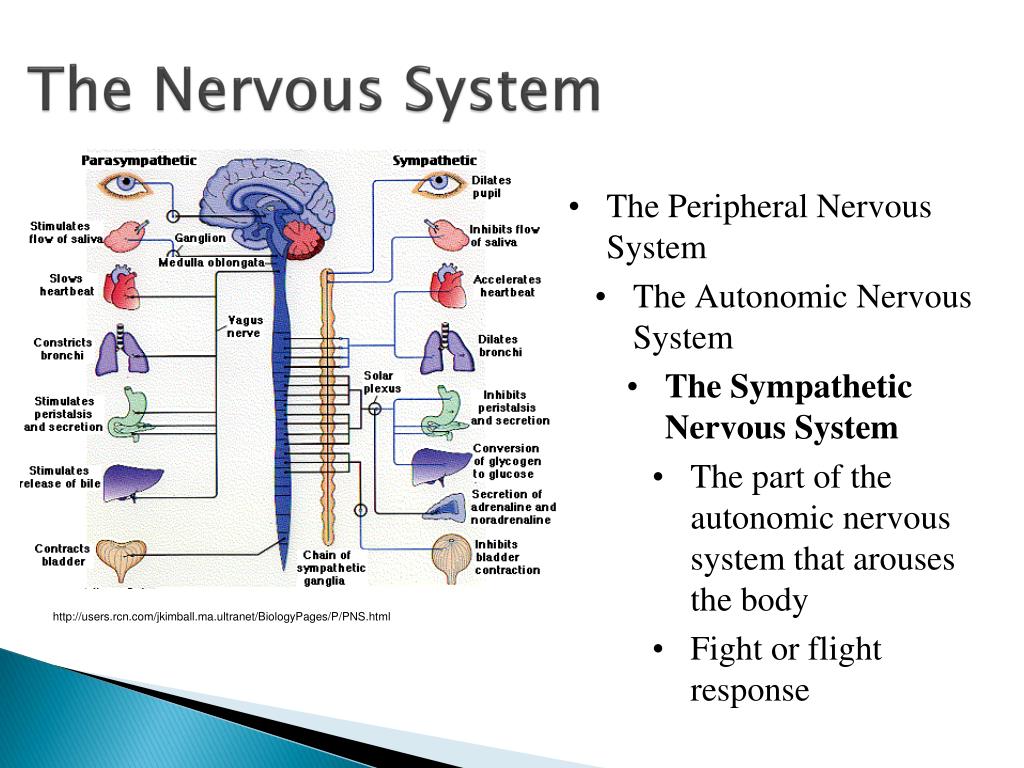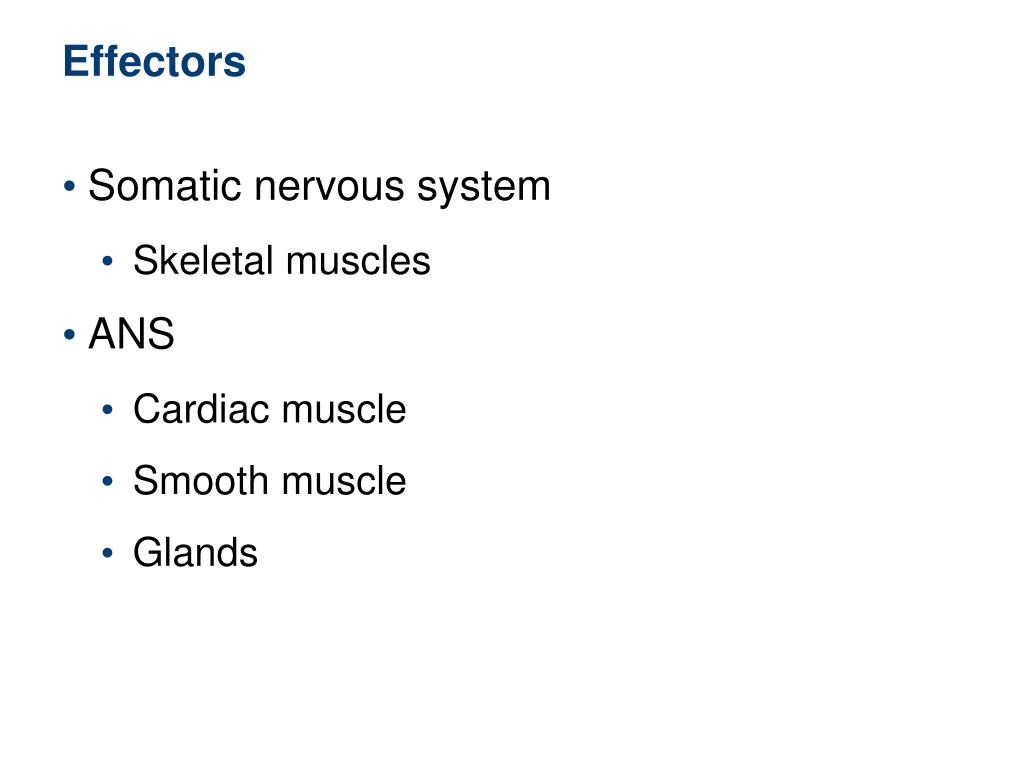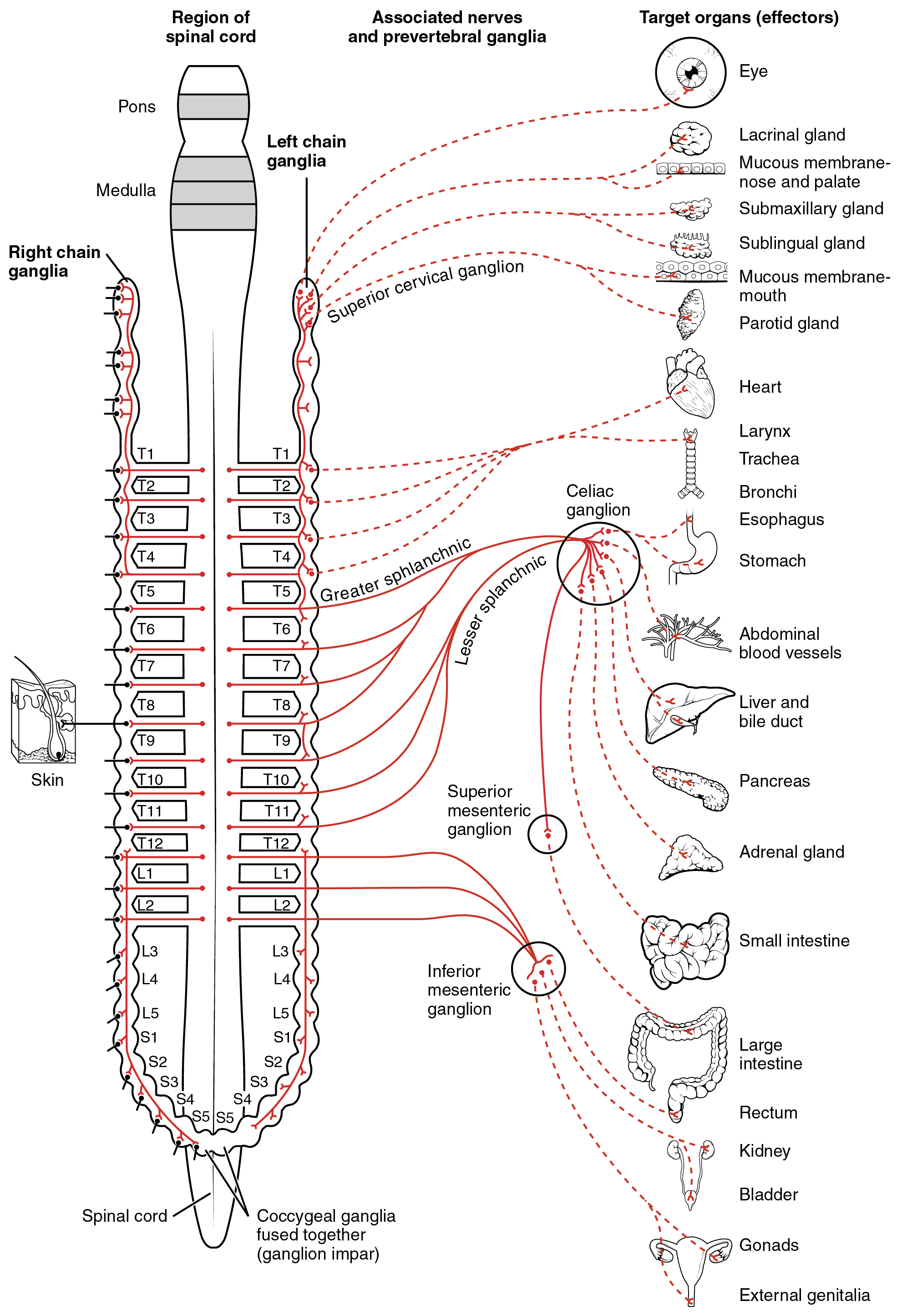

Neurons contain an axon, which is the longest part of the cell, enabling signals to be transmitted through them. These neurons function to transmit signals throughout the body. The SNS consists of two major types of neurons sensory neurons and motor neurons. Another instance is the ‘knee jerk’ reaction. This way, the muscles move without any input from the brain, to generate a response that is so fast that it is completed almost automatically.Īn example of a reflex arc being used would be when moving a hand away after touching a hot surface. The spinal cord will instead transmit signals through the motor neurons to the muscles in order to trigger a reflex movement. This occurs when sensory neurons sense something within the environment and carry this signal directly to the spinal cord, but this is not transmitted to the brain. Reflex arcs are neural pathways which produce involuntary movements, typically in response to stimuli perceived as imminent danger. Whereas the efferent pathway will carry motor information from the CNS to the muscles to regulate motor functions.Īs well as controlling all voluntary muscular systems of the body, the SNS also processes reflex arcs. The afferent pathway will carry sensory information from sensory organs to the CNS. The impulses will then be carried through the motor neurons, out of the spinal cord and continue to the nerves of the skeletal muscles, causing them to contract if needed.Įssentially, there are two pathways involved in the SNS. This response is then transmitted back down the spinal cord, reaching motor neurons. The brain will then integrate this sensory information and will determine an appropriate response. These signals will then travel up the spinal cord to the brain. Once environmental changes have been detected, impulses are created within the sensory neurons, which then carry signals to the There are receptors in the skin, sense organs (eyes, mouth, nose, and ears), and skeletal muscles which are able to detect changes in the environment, such as temperature, light, or texture. The main function of the SNS is to control all voluntary movement.

They are extremely long in length as they do not synapse until they reach their termination point at the skeletal muscle (Rea, 2014). The SNS consists of neurons ( nerve cells) which are located in either the brain stem or spinal cord. The SNS and the ANS work together to regulate bodily function and provide reactions to external stimuli (Fukudo, 2012). For instance, when humans or animals are experiencing coldness, they can move to a warmer place for survival.īeing able to control the internal environment is called homeostasis, which needs to be in balance for survival. The role of the somatic nerves is to also react to the environment through somatosensory function and motor function. It can do this through processing the sensory information which arrives through external stimuli via the senses (through sight, taste, touch, smell, and hearing). The main function of the SNS is to transmit signals between the body’s muscles and the brain and the central nervous system (brain and spinal cord) to control voluntary movement and reflexes. Whilst the ANS regulates automatic behaviors, such as breathing and heart rate, those which do not require conscious thought, the SNS regulates mostly conscious movements of the body. The SNS is a branch of the peripheral nervous system, along with the autonomic system (ANS), although they function in different ways. The somatic nervous system (SNS) plays an important role in initiating and controlling nearly all voluntary movements of the body. They are also known to predict certain important life outcomes such as education and health.Involved in reflex actions without the involvement of the CNS so the reflex can occur very quickly. The somatic nervous system controls voluntary movements, transmits and receives messages from the senses and is.




 0 kommentar(er)
0 kommentar(er)
